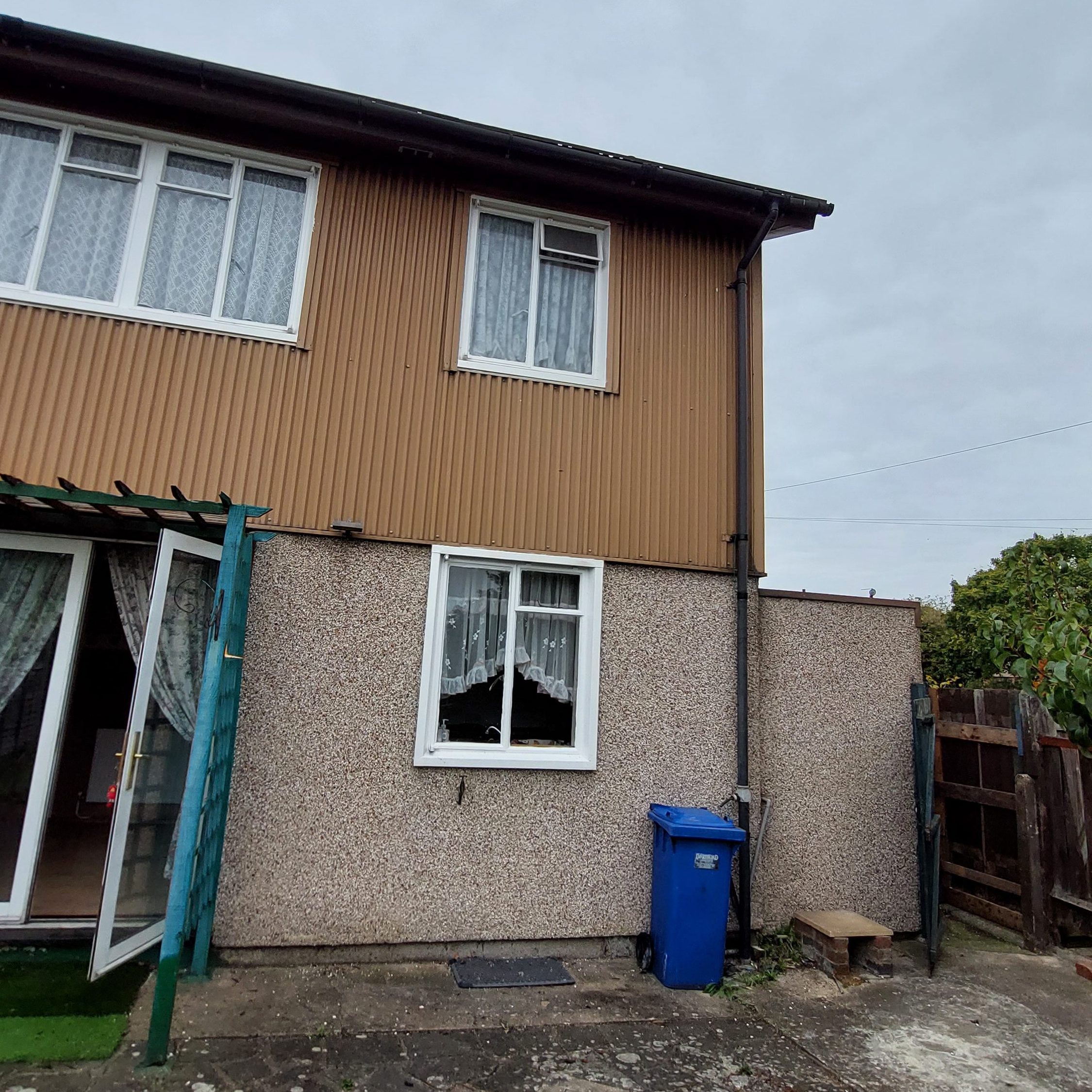Discover the hidden truths about non standard construction that could make or break your property investment – essential knowledge every UK homeowner needs.
Understanding Non-Standard Construction in the UK
Non-standard construction properties represent a significant portion of the UK housing market, accounting for approximately 15% of residential buildings. These properties deviate from traditional brick-and-mortar construction methods, instead utilising alternative materials and building techniques. The surge in non-standard construction began primarily during the post-war period of the 1940s and 1950s, when rapid housing solutions were desperately needed. Today, these properties range from historic timber-framed cottages to modern eco-homes, each with unique characteristics and considerations.
The key distinction between standard and non-standard construction lies in the materials and methods used. While traditional homes typically feature brick or stone walls with slate or tiled roofs, non-standard properties might incorporate materials such as timber frames, concrete panels, steel frames, or even more unusual materials like cob or wattle and daub. These variations can significantly impact everything from maintenance requirements to insurance costs.
Safety Assessment of Non-Standard Construction Methods
Modern building regulations in the UK have evolved to ensure that non-standard construction methods meet strict safety requirements. According to recent studies by the Building Research Establishment (BRE), many non-standard construction types demonstrate excellent structural integrity when properly maintained. The key safety aspects include:
- Structural Performance: Most non-standard constructions must meet or exceed the same structural requirements as traditional builds
- Weather Resistance: Modern non-standard materials often show superior weather resistance compared to traditional materials
- Fire Safety: Contemporary non-standard builds must comply with strict fire safety regulations, with many materials offering excellent fire resistance
- Thermal Performance: Many non-standard constructions actually outperform traditional builds in terms of energy efficiency
Common Types of Non-Standard Construction and Their Safety Profiles
Different non-standard construction types present varying safety characteristics:
- Timber Frame Constructions: Highly durable with proper treatment, offering excellent thermal properties and structural stability. 80% of new-build homes in Scotland use timber frame construction
- Concrete Panel Systems: Exceptional durability and fire resistance, with a typical lifespan of 50-100 years
- Steel Frame Buildings: Superior strength-to-weight ratio and earthquake resistance, commonly used in commercial properties
- Alternative Material Homes: Properties built using materials like cob or wattle and daub often demonstrate remarkable longevity, with some examples standing for centuries
Maintenance and Durability Considerations
Proper maintenance is crucial for ensuring the longevity and safety of non-standard construction properties. Regular inspections should focus on:
- Structural integrity checks every 3-5 years
- Annual roof inspections, particularly for flat or unusual roof designs
- Regular monitoring of wall materials for signs of deterioration
- Moisture level assessments, especially in timber-framed properties
- Professional assessment of any unique features specific to the construction type
Insurance and Financial Implications
Insuring a non-standard construction property can present unique challenges. Many mainstream insurers may be hesitant to provide coverage, or may charge higher premiums. However, specialist insurers have emerged to fill this gap in the market. Key financial considerations include:
Mortgage availability may be limited, with some lenders requiring additional surveys or charging higher interest rates. Property values can be affected both positively and negatively – while some unique constructions command premium prices, others might face value limitations. Insurance premiums typically run 15-30% higher than standard construction properties.
Making an Informed Decision
When considering a non-standard construction property, weigh these key factors:
- Initial purchase price versus long-term maintenance costs
- Local availability of specialist contractors for repairs
- Energy efficiency benefits and potential savings
- Future resale value considerations
- Insurance and mortgage availability in your area
Expert Tips for Non-Standard Property Owners
Successful ownership of a non-standard construction property requires diligent attention to maintenance and documentation. Essential steps include:
Maintain a detailed property maintenance log, including all inspections and repairs. Keep all relevant certificates and warranties, particularly those related to structural elements. Build relationships with specialists familiar with your property’s construction type. Consider joining local property owners’ associations for shared knowledge and resources.
Conclusion: Is Non-Standard Construction Right for You?
Non-standard construction properties can offer unique benefits and excellent value when properly understood and maintained. While they may require more specific attention than traditional builds, many non-standard properties demonstrate exceptional durability and performance. The key to success lies in thorough research, professional assessment, and commitment to proper maintenance. For potential buyers, consulting with specialists in non-standard construction is essential before making a purchase decision. With the right approach, these unique properties can provide safe, comfortable, and valuable homes for generations to come.
FAQ
What are examples of non structures?
Typical examples of nonstructural components include architectural partitions, piping systems, ceilings, building contents, mechanical and electrical equipment, and exterior cladding.
Is a roof leak considered a structural defect?
Water leaks can be seen as structural damage, depending on how severe and where they happen. Knowing this is key because it tells us what repairs are needed and how to check for problems. For instance, if walls that hold up the house break or the roof’s key parts get damaged, it’s considered structural damage.
What is considered a non-structural change in a house?
Non-structural damage includes damage to the improvement that does not adversely affect the livability, soundness, or structural integrity of your home, such as damage to windows, flooring, trim, etc.
What is considered non structural construction?
Non-structural items include things like doors, cabinet sets, flooring, trim, windows and other finishing materials. In contrast, structural deconstruction requires more integral components of a building, like load-bearing walls, to be systematically dismantled.
What is nonresidential construction?
Thus, a non-residential building is a building used for other purposes such as trading centers (commercial buildings type), hospitals (healthcare buildings type), to name two of the possible type of buildings. From: Journal of Building Engineering, 2022.
Sources
[1] https://www.homeprotect.co.uk/non-standard-construction-insurance/buying-a-non-standard-home
[2] https://fourthwallbc.com/blog/buying-non-standard-construction-house/
[3] https://hertstools.co.uk/what-is-a-non-standard-construction/


Leave a Reply